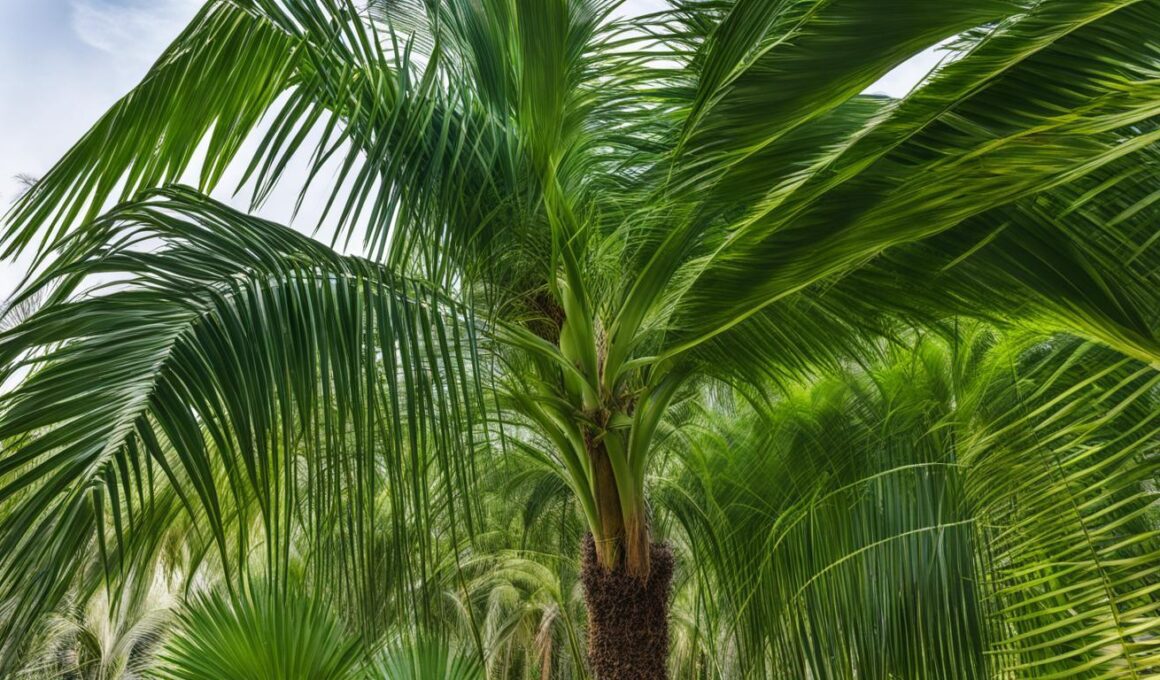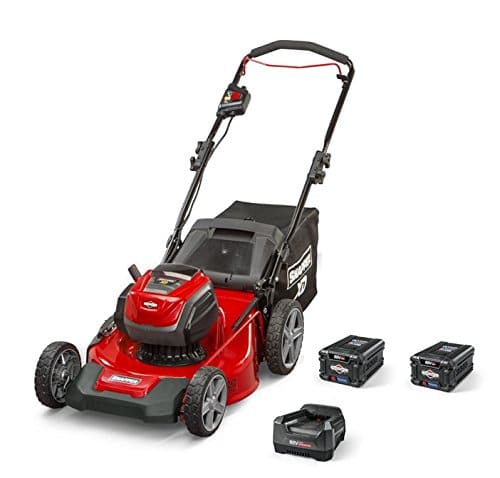Welcome to our comprehensive guide on windmill palm trees, a cold-hardy palm tree species that can be a beautiful and low-maintenance addition to your garden. In this article, we will explore the growth rate of windmill palms and provide you with all the information you need to know about cultivating and caring for these stunning trees.
The windmill palm tree, also known as Trachycarpus fortunei, is highly regarded for its ability to thrive in temperate climates, making it an excellent choice for regions with colder winters, such as Washington state. With its slow growth rate of less than a foot per year, the windmill palm can reach a height of 10-40 feet, although it is typically kept compact at around 10-20 feet.
The windmill palm tree boasts a unique windmill shape, featuring a thick trunk covered in brown fibers and long, densely-packed fronds. This stately palm retains its vibrant green color year-round and produces stunning yellow flowers in the spring. It is also salt-tolerant and can even be planted in containers, allowing you to enjoy its beauty and elegance in various settings.
Whether you’re a gardening enthusiast or a novice, the windmill palm tree is a perfect choice due to its low-maintenance nature. Its hardiness, striking appearance, and versatility make it an excellent addition to any landscape, adding a touch of tropical charm to your garden.
In the following sections, we will delve deeper into the growing conditions for windmill palm trees, as well as provide valuable insights into their care and maintenance. Let’s proceed to Section 2 to discover what growing conditions these palms thrive in!
Growing Conditions for Windmill Palm Trees
Windmill palm trees, also known as Trachycarpus fortunei, are a popular choice for gardeners looking for shade-tolerant palm trees. These cold-hardy palms can tolerate partial shade, although they can also handle some sun exposure. To ensure the healthy growth of your windmill palm, it is important to provide the right growing conditions.
Soil: Windmill palms are highly adaptable and can thrive in various types of soil. However, they prefer well-drained soil that is porous, fertile, and moist. Ensuring proper drainage is crucial to prevent waterlogging, which can lead to root rot. Amending the soil with organic matter, such as compost or peat moss, can improve its texture and drainage.
USDA Hardiness Zones: Windmill palms can be planted in USDA Hardiness Zones 7-11, covering a wide range of regions in the United States. From the Pacific Northwest to the Southern states and even parts of the Midwest, these palm trees can thrive and add a touch of tropical beauty to your landscape.
Watering and Fertilizing: When newly planted, windmill palms require regular watering every two to three days for the first three months. This helps establish their root system. Once established, they only need watering once a week. It’s important to keep the soil damp but not soggy. Overwatering can lead to root rot and other moisture-related issues. Fertilizing with a slow-release fertilizer designed for palm trees is recommended once or twice during the growing season to provide the necessary nutrients for healthy growth.
Pruning: Windmill palms generally do not require pruning unless there are dead or damaged branches. Removing any decaying or diseased fronds can help maintain the overall health and appearance of the tree, but be sure not to over-prune, as it may impact its natural and aesthetic appeal.
By providing the right growing conditions, including shade, well-drained soil, appropriate watering, and occasional fertilization, you can enjoy the beauty and resilience of windmill palm trees in your garden.
In Summary:
- Windmill palm trees are shade-tolerant and can thrive in partial shade.
- They prefer well-drained soil that is porous, fertile, and moist.
- They can be planted in USDA Hardiness Zones 7-11, covering various regions in the United States.
- Regular watering is required for newly planted trees, with reduced frequency once established.
- Fertilize with a slow-release palm fertilizer once or twice during the growing season.
- Pruning is generally not necessary unless there are dead or damaged branches.
Care and Maintenance of Windmill Palm Trees
When it comes to caring for your windmill palm trees, proper propagation is key. The best method for propagation is using seeds, as stem cuttings or division may not yield reliable results. Before planting the seeds, it is recommended to soak them in water for several days to help with germination. Plant the soaked seeds in a potting medium that is rich and well-drained, mixed with peat moss. Patience is required, as germination can take anywhere from one to seven months.
If you prefer to grow windmill palm trees in containers, there are a few considerations to keep in mind. Ensure that your containers have ample drainage holes to prevent waterlogging. It’s also important to protect the roots from cold temperatures, especially during the winter months. You can cover the crown and base of the tree with a frost blanket or mulch for added protection against the cold.
As with any plant, windmill palms are susceptible to common pests and diseases. Some pests to watch out for include scale insects and palm aphids. Leaf spots, yellowing disease, and root rot in poorly-drained soil are common diseases that can affect windmill palm trees. If you notice any signs of infection, it’s crucial to promptly remove and destroy the infected parts or trees to prevent the spread of disease.
What Factors Affect the Growth Rate of Windmill Palms?
The growth rate of Windmill Palms can be influenced by various factors, such as climate, soil conditions, and maintenance. These factors play a crucial role in determining the overall health and development of different parts of a palm tree, including its trunk, leaves, and roots.










